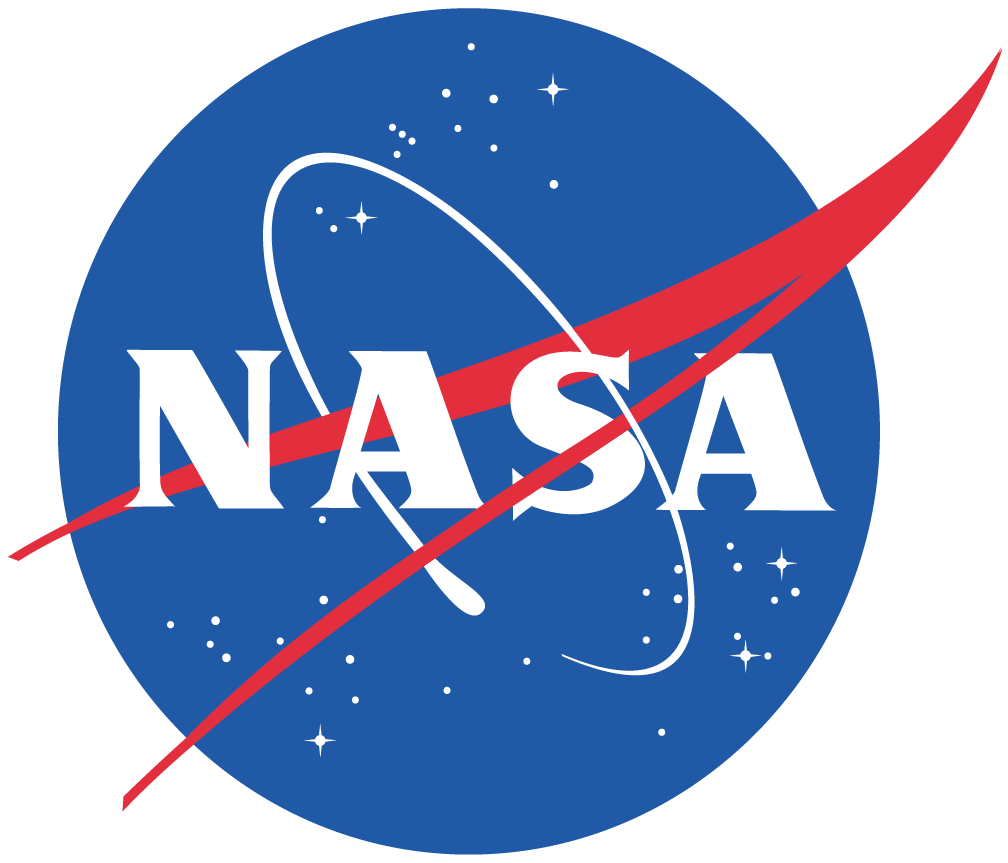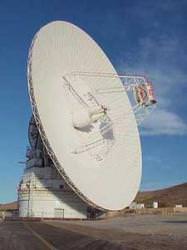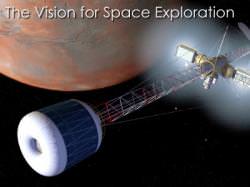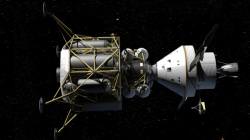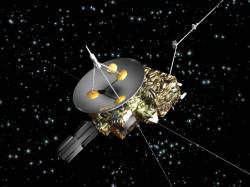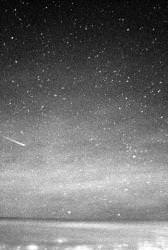OK, I give up. I’ve sat here for about a half an hour trying to come up with a headline for this news piece. Actually, there are three different news items I’m combining into one article. One is fairly good news, the other two are very depressing.
First the good news: Today, the first major flight hardware of the Ares I-X rocket arrived in Florida to begin preparation for the inaugural test flight of NASA’s next-generation launch system. But amid this tangible event of moving toward the future comes bad financial news about the Constellation program. Congressional investigators have concluded that the Constellation program is likely to cost $7 billion more than budgeted if it is going to be ready to fly by its target date of March 2015. Without extra money, it could be delayed by 18 months or more.
At the same time another report concludes that NASA would need an extra $2 billion a year to keep its shuttle fleet flying beyond 2010, a measure which would shorten the gap where NASA wouldn’t have a human rated vehicle available for access to space. But doing so would hamper plans to convert a launch pad and other facilities for moon missions, likely delaying Constellation even more.
More money for either Constellation or the shuttle program is just not in NASA’s budget, and shifting money around from other programs “would be disastrous,” NASA shuttle program manager John Shannon said. “What we’re trying to do is find a path that continues to keep Americans flying on American vehicles, but does not mortgage the future of manned space flight,” he said. “We really have to step back and think very hard about what we want the future to look like, and make sure that we’re not going to make it something that is not achievable.”
I need ideas for a headline for this article. Readers — comments?
Both Republican presidential candidate John McCain and Democratic presidential candidate Barack Obama have said they would increase NASA’s budget by $2 billion to minimize the gap between shuttle retirement and the first piloted flights of Ares 1 rockets and Orion crew capsules. (This is being written before the election results are in.) But even that won’t be enough to solve all of the problems.
The Congressional Budget Office report listed several of problems facing the Ares I rocket and the Orion capsule, which NASA hopes will return astronauts to the moon by 2020. Among them are difficulties in developing an engine for Ares and a heat shield for Orion. “NASA has identified several problems associated with the Ares I that could delay successful development of the vehicle,” according to the 18-page report. Read the report here.
We’ve discussed all the issues previously on Universe Today, including intense shaking on liftoff, and concerns that Ares could crash into the launch gantry.
NASA officials said they were studying the report. But agency managers insist the program is on track.
At a news conference NASA held last week to counter reports of Constellation’s problems, Steve Cook, Ares project manager said, “The Ares I rocket is a sound design that not only meets the high safety standards required for a manned spacecraft, it is within budget, on schedule, and meets its performance requirements with margin.”
So what’s the real story? I’m not certain anymore. I desperately want to believe that the media (is that me, too?) overblowing the problems and NASA isn’t just looking through rose colored glasses. But the bad news keeps coming from all fronts.
NASA’s options other than the Ares appear limited.
One proposed option would extend the current space shuttle flight schedule through 2012, using the giant external fuel tanks and other hardware NASA has already planned to build. A second option calls for NASA to build more fuel tanks and hardware to keep flying three shuttle missions per year until 2015.
The CBO report also cautioned that the cost of more shuttle flights could only hurt Constellation under NASA’s limited budget.
Even by throwing more money at Constellation, the investigators also don’t think that NASA could speed up Constellation’s development, at least in the near term. They said NASA told them that “additional funding can no longer significantly change” the March 2015 target date of a first launch.
Even so, the Orlando Sentinel reports that NASA is looking at radical changes in the program to see if it can speed up development.
According to former astronaut Eileen Collins, currently a member of the NASA Advisory Council, one option under consideration would eliminate features needed to go to the moon and turn it a simple craft that could ferry crew and cargo to the space station. That would mean further delays for the real reason for Constellation: returning to the moon.
I thought we had some good news about Constellation last week. But this seems depressing. Too depressing for a headline.
Sources: NASA, Orlando Sentinel, Florida Today

